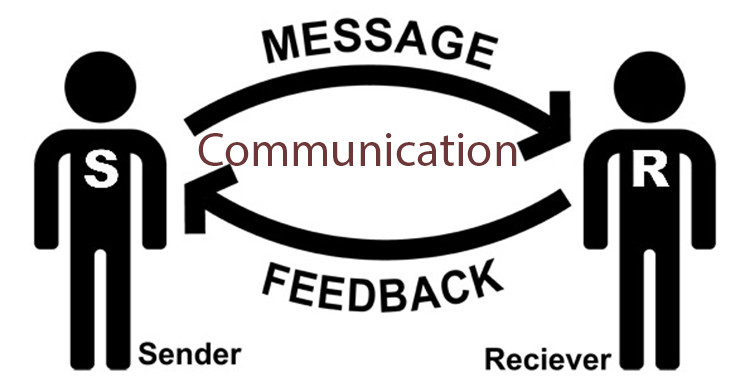Effective Communication Tools: Enhancing Collaboration in Remote Work Environments
As the landscape of work continues to evolve, remote work has become a cornerstone of many organizations. With employees spread across different locations, effective communication tools are essential for fostering collaboration, ensuring productivity, and maintaining team cohesion. In this article, we explore various communication tools that enhance collaboration in remote work environments, enabling teams to function seamlessly regardless of geographical barriers.
The Shift to Remote Work
The COVID-19 pandemic accelerated the shift toward remote work, forcing organizations to adapt quickly to a virtual environment. While many companies had already implemented flexible work arrangements, the sudden transition highlighted the need for robust communication strategies. As a result, businesses began to leverage a variety of digital tools to ensure that teams could communicate effectively and efficiently.
Key Communication Tools
1. Video Conferencing Platforms
Video conferencing tools such as Zoom, Microsoft Teams, and Google Meet have become staples of remote work. These platforms facilitate face-to-face interactions, allowing teams to hold meetings, collaborate on projects, and maintain personal connections. The ability to share screens, record sessions, and integrate with other productivity tools enhances the functionality of these platforms, making them indispensable for remote teams.
2. Instant Messaging Applications
Instant messaging tools like Slack and Microsoft Teams offer real-time communication, enabling team members to exchange messages quickly and informally. These platforms often include features such as channels or threads, which allow users to organize conversations by topic, making it easier to manage discussions and access relevant information. The immediacy of instant messaging helps reduce email clutter and fosters a more dynamic communication environment.
3. Project Management Tools
Effective collaboration in remote work environments requires efficient project management. Tools like Trello, Asana, and Monday.com help teams track tasks, assign responsibilities, and monitor project progress. By providing a centralized platform for project updates and deadlines, these tools enhance accountability and ensure that everyone stays aligned with project goals.
4. Collaborative Document Editing
Platforms such as Google Workspace and Microsoft 365 enable real-time collaboration on documents, spreadsheets, and presentations. Multiple team members can work on the same file simultaneously, making it easy to provide feedback, make edits, and brainstorm ideas. This collaborative approach reduces the back-and-forth of email attachments and ensures that everyone has access to the most up-to-date information.
5. Virtual Whiteboards
Virtual whiteboard tools like Miro and Jamboard provide an interactive space for brainstorming and visual collaboration. Teams can sketch ideas, create diagrams, and organize thoughts in a flexible digital environment. These tools are particularly useful for design sprints, workshops, and creative meetings, fostering a sense of shared space and collaboration.
Best Practices for Effective Communication
While having the right tools is crucial, implementing effective communication strategies is equally important. Here are some best practices to enhance collaboration in remote work environments:
- Establish Clear Guidelines: Define communication protocols, including response times, preferred channels for different types of communication, and expectations for meetings. This clarity helps reduce misunderstandings and ensures everyone is on the same page.
- Encourage Regular Check-ins: Schedule regular team meetings or one-on-ones to foster connection and maintain open lines of communication. This practice helps team members feel supported and engaged.
- Be Mindful of Time Zones: When working with global teams, be considerate of different time zones. Schedule meetings at times that accommodate all participants, and use asynchronous communication methods to ensure everyone can contribute.
- Foster a Culture of Openness: Encourage team members to share feedback, ask questions, and voice concerns. An open culture promotes collaboration and innovation, making team members feel valued and included.
Conclusion
Effective communication tools are essential for enhancing collaboration in remote work environments. By leveraging video conferencing, instant messaging, project management tools, collaborative document editing, and virtual whiteboards, teams can maintain strong connections and work efficiently. As remote work continues to be a significant part of the modern workplace, organizations that prioritize effective communication will foster a culture of collaboration, productivity, and engagement, ensuring long-term success in an increasingly digital world.


